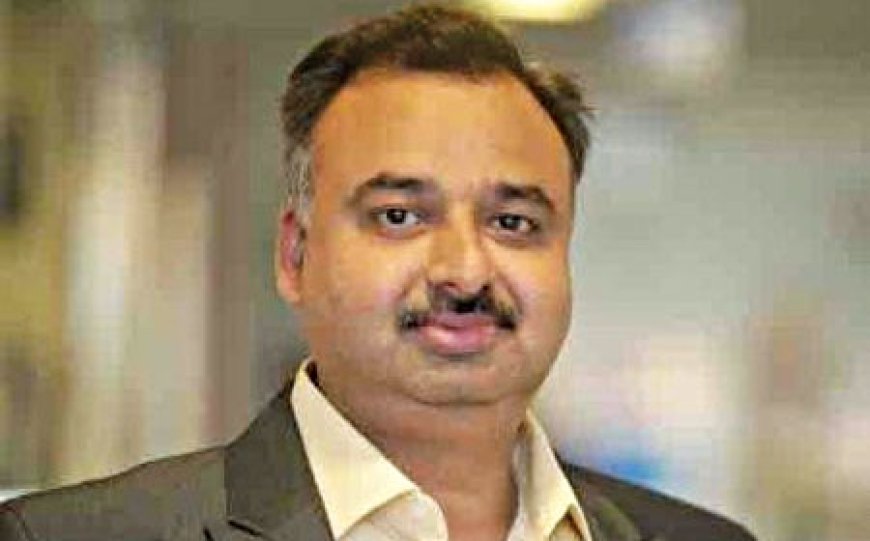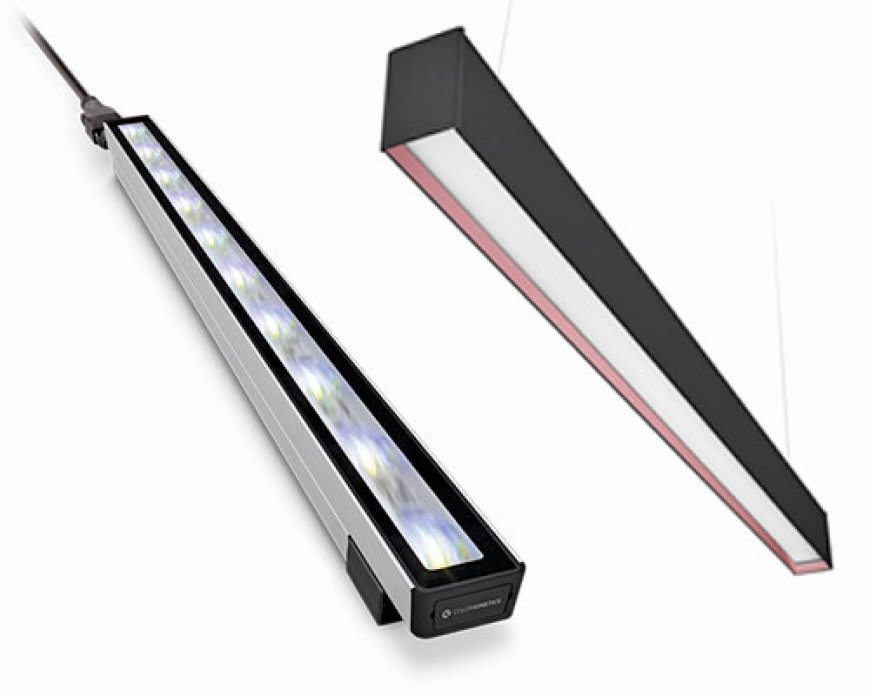Our smart home solutions are playing a crucial role in accelerating the concept of connected living.

Girish K Chawla,
How do you view the smart developments happening in residential and commercial buildings?
At Signify, we view the smart developments in both residential and commercial buildings as transformative and essential for creating more efficient, sustainable, and comfortable living and working environments. For commercial buildings, our Interact Office connected lighting system integrates with building management systems to optimize energy usage, improve occupant productivity, and enable data-driven insights for facility managers. These smart developments represent a shift towards more intelligent and interconnected spaces that prioritize user experience, efficiency, and sustainability.

What are the smart features being incorporated in commercial buildings?
In commercial buildings, we're witnessing a range of smart features being incorporated to enhance efficiency, comfort, and sustainability. Our Interact Office connected lighting system, for example, enables centralized control and automation of lighting, allowing businesses to adjust lighting levels based on occupancy, time of day, or specific tasks. Additionally, our system integrates with sensors and IoT devices to collect data on occupancy patterns, energy usage, and environmental conditions, empowering facility managers to optimize building performance and enhance occupant comfort. These smart features represent a holistic approach to building management that prioritizes efficiency, productivity, and sustainability in commercial spaces.

How is the concept of connected living picking pace in India? How are smart home solutions helping the trend?
The concept of connected living is gaining momentum rapidly in India, driven by urbanization, digitalization, and a growing demand for convenience and comfort. Our smart home solutions and Philips Smart Wi-Fi enabled home appliances, are playing a crucial role in accelerating this trend. These solutions allow users to remotely control and automate their lighting, appliances, and security devices, enhancing convenience, comfort, and security in their homes. Additionally, our Interact Home app provides users with a centralized platform to manage and monitor their smart home devices, further enriching the connected living experience. As more Indian consumers embrace smart home technology, we anticipate continued growth and innovation in the connected living market.

How is the need for better safety and security in residential buildings pushing the smart systems and solutions?
The need for better safety and security in residential buildings is driving the adoption of smart systems and solutions that offer enhanced protection and peace of mind for homeowners. Our outdoor lighting range, equipped with motion sensors and remote access capabilities, helps deter intruders and improve visibility around residential properties. Additionally, our Interact Home app integrates with smart security devices, allowing users to receive real-time alerts and monitor their homes from anywhere. These smart systems provide homeowners with greater control and visibility over their security measures, addressing the growing demand for advanced safety solutions in residential buildings.

What are the latest smart solutions offered by the company for residential and commercial buildings?
The latest smart solutions offered by Signify for residential and commercial buildings include the Philips Hue Sync Box and the Interact City connected street lighting system. It revolutionizes entertainment experiences by synchronizing lighting effects with on-screen content, creating immersive viewing environments for residential users. Meanwhile, the Interact City system leverages IoT technology to enhance public safety, reduce energy consumption, and enable smart city initiatives in commercial environments. These innovative solutions demonstrate our commitment to delivering cutting-edge technology that enhances user experiences, improves efficiency, and promotes sustainability in both residential and commercial settings.

What are the future trends in smart buildings sector? How are you gearing up for meeting the future needs?
In the smart buildings sector, we anticipate several key trends shaping the future of the industry, including increased integration of IoT devices, advancements in data analytics and AI-driven automation, and a focus on sustainability and wellness-centric design. To meet these future needs, we are investing in research and development, forging strategic partnerships, and expanding our product portfolio to deliver innovative solutions that empower individuals, businesses, and communities to thrive in an increasingly connected world. By staying at the forefront of technology and innovation, we are well-positioned to address emerging trends and challenges in the smart buildings sector, ensuring that our solutions continue to meet the evolving needs of our customers and the built environment.
In line with the digitalization of our products, we are also digitalizing our processes and creating connectable offers. For example, we are using the predictive power of Artificial Intelligence for products, systems and services, and digitalizing our supply chain. All of this requires operations and workforce skills to evolve drastically and rapidly.







